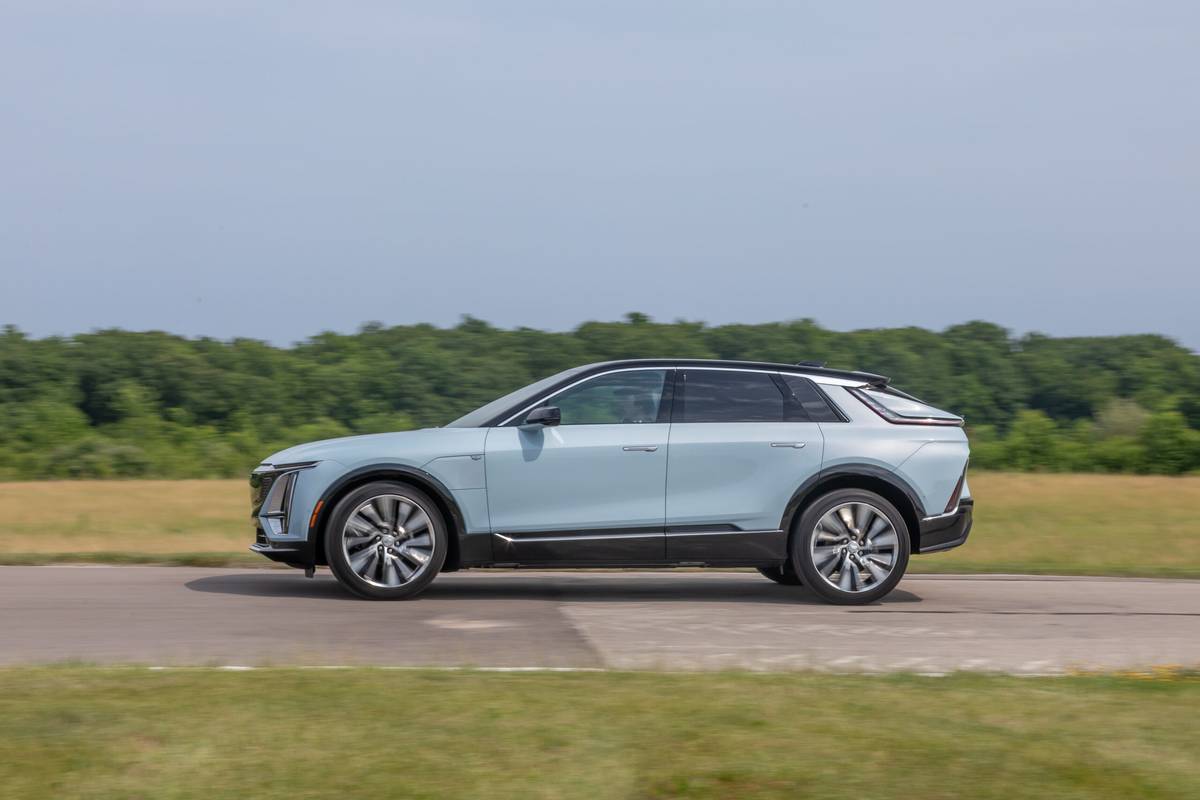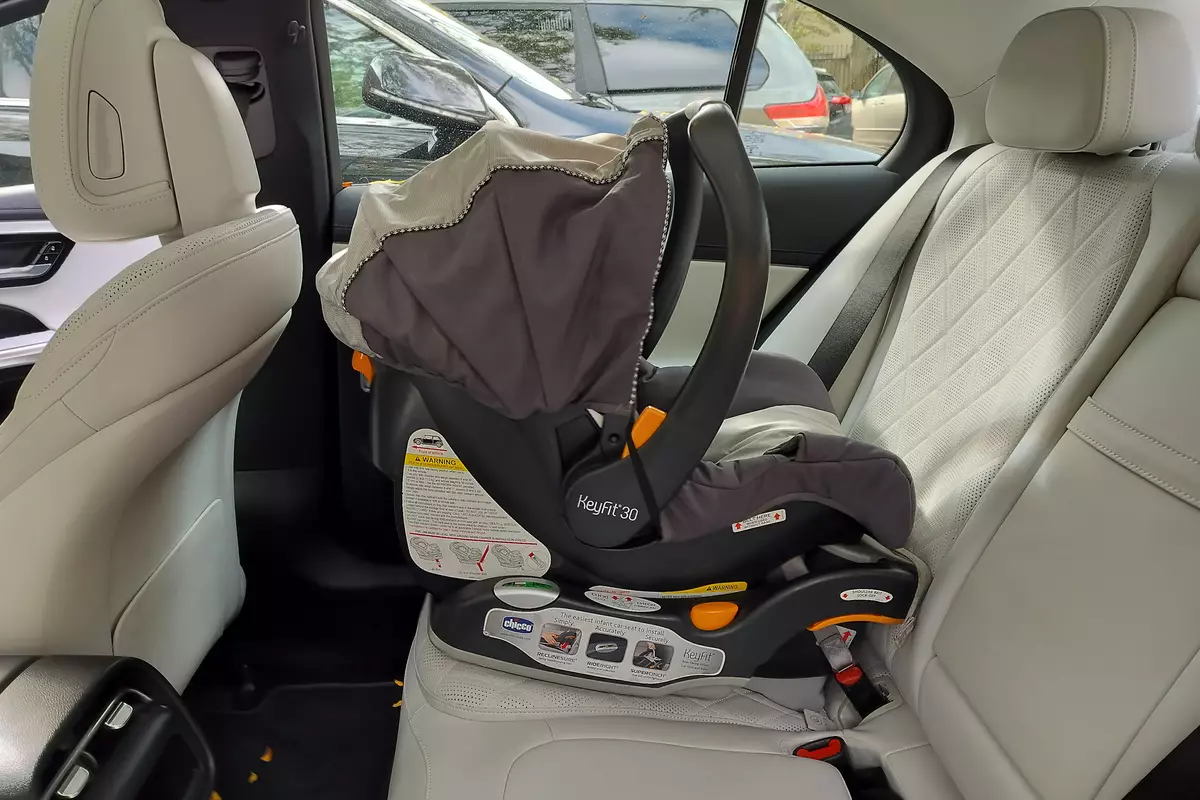The Morning Call and Mcall.com's view
With New York City such a short drive away, I find myself visiting Rudy Guliani’s fair city quite a bit.
The mayor has made the Big Apple safe for tourism, and its easy to see the results.
Tourists, lots of them.
This means lots of extra cars and people. It also means it takes a lot longer to get there.
Having driven into the city in all sorts of vehicles, I have come to conclude that there is a special type that is just perfect for the task at hand (besides, say, a Sherman tank).
The vehicle should look modern, so you don’t mind being seen in it. It should be about 190 inches long with a gutsy V6 for pulling away from lights or tollbooths quickly. It shouldn’t be an import, because thieves prefer them. It should look anonymous so as not to stand out in a crowd. Lastly, it shouldn’t cost an arm and a leg to buy, so that if you become an accident statistic, you won’t be too upset.
The Chevrolet Malibu is that car.
I admired its handsome, if anonymous looks. Obviously, the bow-tie boys looked long and hard at the Japanese competition when penning this shape. Yet, there are obvious Chevy touches, such as the front fascia.
It proved a little too anonymous — one parking garage attendant walked by it, not knowing what he was looking for, despite the fact that the car was a fully loaded LS model. A base model is also available.
The look and shape of the Malibu helps explain why there’s almost as much room inside it as a Lumina, although the Lumina is almost a foot longer. Certainly, the Malibu is a more comfortable car than the Lumina, with its superior seat comfort both front and rear. This is particularly true in the rear. Trunk space is larger than in the Lumina and in most of its competition.
But, you won’t mistake this car for its competition under the hood. Both the 2.4-liter 16-valve four-cylinder and the 3.1-liter overhead-valve V-6 develop 150 horsepower. The V-6 generates more torque, 180 foot pounds vs. 155 foot pounds for the 4-cylinder. This is important when trying to beat out a cab at the stoplight grand prix. Power comes on low, perfect for city driving. The 3.1 V6 (standard on the LS, optional on the base car) growls as loud as a cab driver when pushed. Some will find it unsophisticated, while Earnhardt wannabes will appreciate it. I could live without it. But the 3.1 returned 26 mpg average in mostly highway driving. One all-highway trip yielded 29 mpg.
Hitched to an extremely smooth shifting four-speed automatic, it turned out to be a nice enough drivetrain. No five-speed is offered.
Although the steering isn’t crisp, it is quite quick, giving this sedan a degree of manueverability. The front disc/rear drum brakes acquitted themselves well, although the pedal was mushy and unprogressive. Anti-lock brakes are standard.
Cornering is average for the class, meaning a bit of body lean when cornering around the throngs of pedestrians. It certainly takes away any feeling that this is a sports sedan. The ride will make you aware of the bumps, but filters out the worst of it.
Unlike some GM sedans, this one had decent detailing inside. The front door armrests were angled just right. The switches for power windows/locks/mirrors were all illuminated at night. The headlamps go on and off automatically, and the leather seating surfaces, optional on the upper-level LS, was of good quality. The interior materials were decked out in muted colors, even if there were too many. It turned out to be a great place to spend a traffic jam.
The test car came equipped with an AM/FM/Cassette/CD that turned in decent sound quality. It was mounted (hurray!) ABOVE the climate controls. The three rotary knobs were easy to use and understand, if a little delicate to the touch. Chevy needs to spend more money here.
Storage space proved plentiful, and the center console is a permanent fixture. The lack of a front bench seat option (double hurray!) means that the stalks around the steering wheel mirror those of the rest of the world. Banished is GMs awful turn signal/windshield wiper/cruise control stalk.
If you like all that, buy a Lumina.
This Malibu even came equipped with an optional power sunroof. It tilts outside the vehicle, so no headroom is sacrificed. It wasn’t very boomy at speed, meaning if you get it, you’ll use this $650 option often.
Like many newer GM vehicles, the Malibu gives up a little refinement in return for a good sticker price. This top-of-the-line Malibu stickered at just under 21 grand. Not bad for a car with everything most drivers would want, even great looking wheels with mud guards. The base car starts at $16,485.
This was an easy car to drive, even if its dominent character trait is utilitarian. Yet it dashed around Broadway and across 43rd Street like an old, faithful friend. And everyone needs a friend in New York City.
1999 Chevrolet Malibu LS
Engines: 2.4-liter DOHC 4-cylinder or 3.1-OHV V-6 Transmission: 4-speed automatic Tires: P215/60R15 Standard: 3.1-liter V6, automatic transmission, keyless entry, daytime running lamps, dual airbags, fog lamps, aluminum wheels, power windows/locks/mirrors, power drivers seat, split folding rear seat, luggage cargo net, cruise control, floor mats, tilt wheel. Major options: Leather seating surfaces, power sunroof, AM/FM/ Cassette/CD player Base price, base model: $16,485 Base price, test model: $18,910 Price as tested: $20,950 EPA rating: 20 mpg city, 29 mpg highway Test mileage: 26 mpg
Latest news



